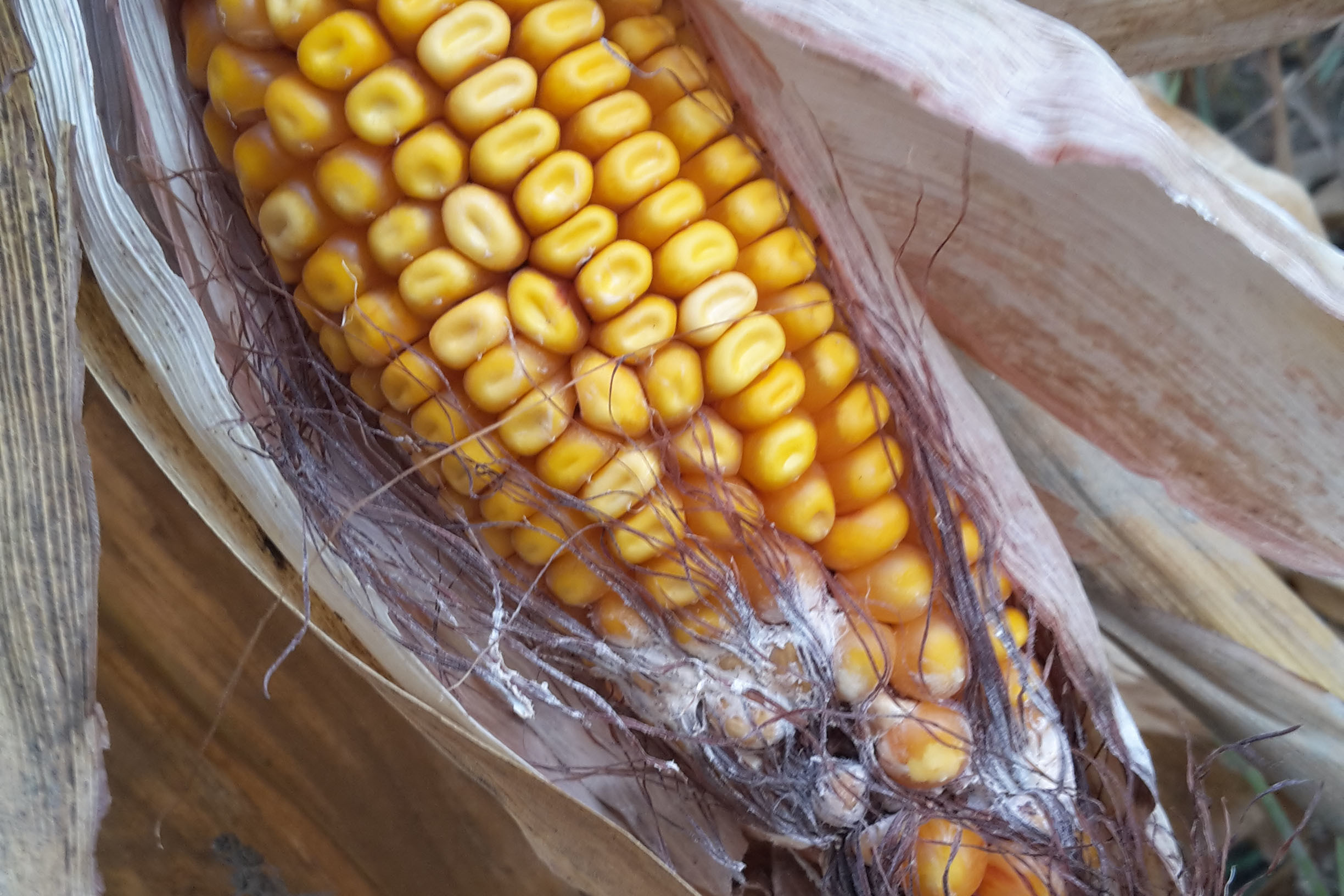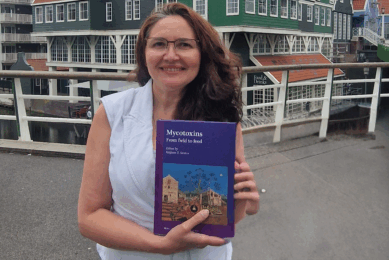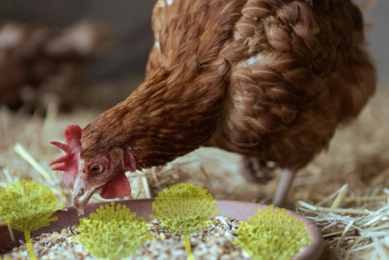Spanish and Polish maize tested for mycotoxins

The mycotoxin FUM has been detected in over 47% of Spanish maize. In Polish samples, DON and T-2 were mostly found. This is stated by animal nutrition company Nutriad, based on tests done on 107 maize samples from different Spanish regions and 86 maize samples from across Poland.
All samples were collected almost immediately after the harvest from farms or animal feed production sites. For the Spanish maize, more than 400 analyses were conducted to test for the occurrence of the four mycotoxins most frequently found in agricultural commodities intended for animal production. The survey provided an insight into the incidences of aflatoxins (Afla) – sum of aflatoxin B1, B2, G1 and G2, zearalenone (ZEN), deoxynivalenol (DON) and fumonisins (FUM) – sum of fumonisin B1 and fumonisin B2. For the Polish samples, more than 600 analyses were conducted for aflatoxin B1 (AfB1), ochratoxin A (OTA), zearalenone (ZEN), deoxynivalenol (DON), T-2 toxin, HT-2 toxin, fumonisin B1 (FB1) and fumonisin B2 (FB2).
Results Spanish maize
The results showed that almost 48% and 29% of the maize samples were contaminated with FUM and DON, respectively. Only 4.7 % of the samples contained Afla and this low incidence of contamination was unexpected. The average concentrations of all recovered mycotoxins were medium (>LOQ but below EU recommendation levels). The highest concentration of DON detected in one of the samples reached 3721 μg/kg. Only 8,4% of the samples contained ZEN, a mycotoxin affecting fertility performance of all animal species. The ZEN average concentration reached 145 μg/kg which is high especially for sows and piglets. Unexpectedly, the results showed that the average concentration of DON was 821 μg/kg which is significant. Several samples were contaminated with 2 to 4 mycotoxins at the same time which may lead to synergistic interactions among them.
The Nutriad survey detected a low incidence of Afla, which was unexpected as there has been concerns in the Spanish market over high aflatoxin M1 levels in milk of dairy cows. Whilst the average of Afla1 detected in the positive samples was 4,7 μg/kg and the maximum concentration was 13 μg/kg, none of the samples exceeded the maximum EU permitted concentration of aflatoxin B1 (20 μg/kg).
Results of Polish maize
The results showed that almost 48% and 44% of the Polish maize samples were contaminated with DON and T-2 toxin, respectively. Unexpectedly, more than 53 % of the samples contained HT-2 toxin. None of the samples were contaminated with OTA or AfB1. The average concentrations of all recovered mycotoxins were medium (>LOQ but below EU recommendation levels).
The highest concentration of DON detected in one of the samples reached 2200 μg/kg. 50% of the samples contained ZEN, a mycotoxin affecting fertility performance of all animal species. The ZEN average concentration reached 250 μg/kg which is high, especially for sows and piglets.
Unexpectedly, the results showed that the average concentration of DON was 503 μg/kg which is significant. Several samples were contaminated with 2 to 4 mycotoxins at the same time which may lead to synergistic interactions among them. The maximum concentration of T-2 toxin found in one of the maize samples was 759 µg/kg. This high concentration may have a significant effect on health and performance of farm animals, especially young and breeding poultry and all swine categories.
Vigilance is important
The data from both countries shows that vigilance is always advisable when using raw materials. The use of crops such as maize should never be automatically considered safe for inclusion into finished feed rations for all animal species. Mitigation strategies to reduce or prevent contamination include good storage and mycotoxin binders amongst others.











